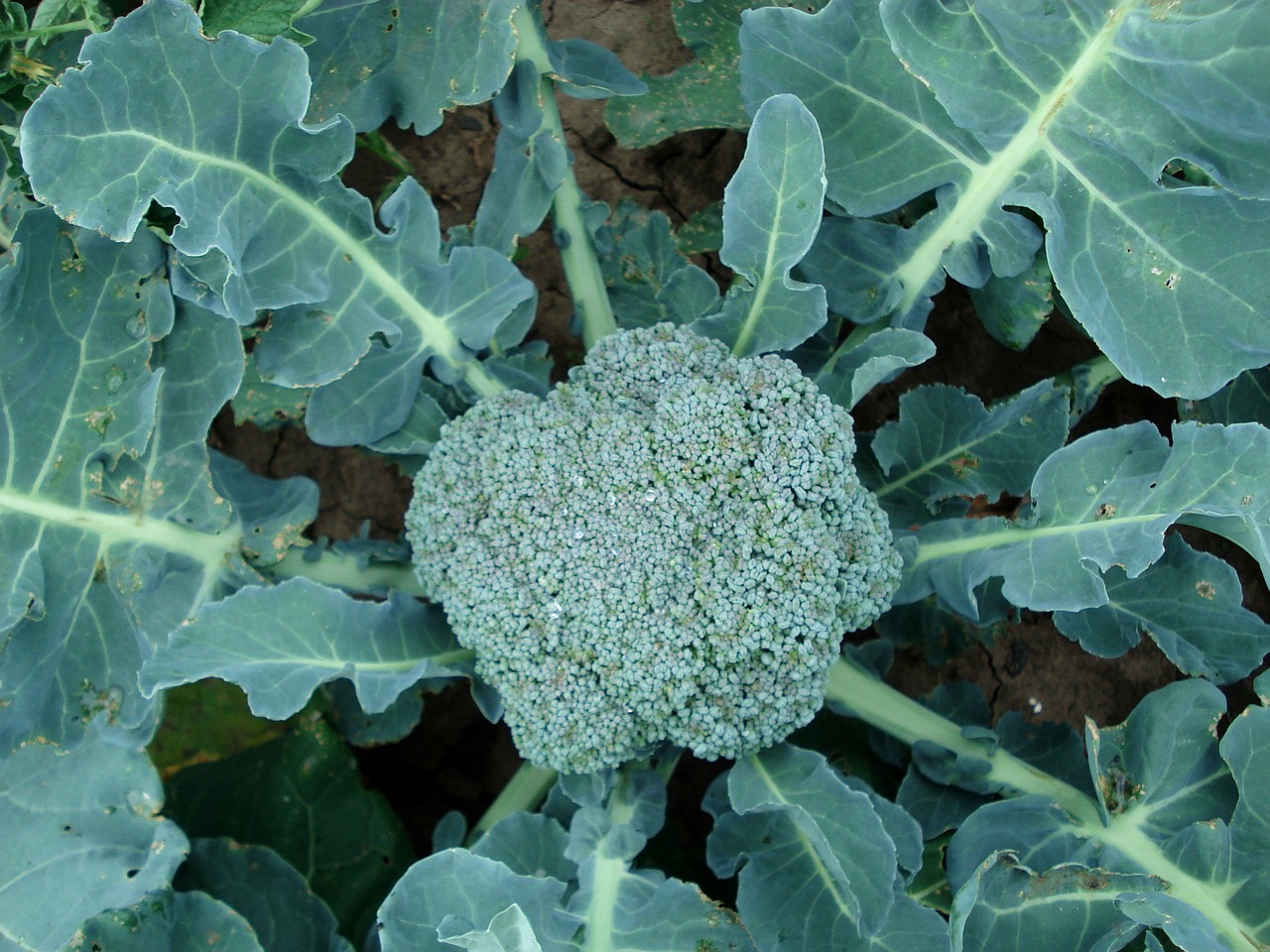
Picture yourself sinking your teeth into a juicy, homegrown tomato or crunching into a freshly picked zucchini, straight from your very own Zone 5 vegetable garden. But when is the ideal time to plant this green goldmine to ensure peak performance? This comprehensive guide will delve into the secrets of Zone 5 gardening, providing you with the knowledge to cultivate a thriving, bountiful garden.
Understanding Zone 5 Gardening
Zone 5 boasts a distinct personality, characterized by cold winters with average minimum temperatures dipping between -20°F and -10°F (-28.9°C and -23.3°C). While this might send shivers down the spine of some plants, it also paves the way for a remarkably long growing season, roughly spanning from mid-April to mid-November. However, within this timeframe, temperatures waltz throughout the seasons, dictating which crops thrive when.
The Importance of Timing
Timing is everything when it comes to Zone 5 gardening. Planting at the wrong time can lead to stunted growth, poor yields, or even plant death.
When to Plant Cool-Season Vegetables In Zone 5
Cool-season vegetables, such as lettuce, spinach, and peas, thrive in the cooler temperatures of early spring.
- Plant cool-season vegetables as soon as the soil can be worked in the spring, typically around late March to early April.
- These vegetables can withstand light frosts, so don’t worry if a late frost occurs.
Soil Temperature: Forget the calendar, listen to the earth. Cool-season crops thrive when the soil temperature reaches 40°F (4°C). This sweet spot ensures proper germination and prevents stunted seedlings. So, grab a soil thermometer and wait patiently for the signal from Mother Nature.
Frost Watch: Even though these veggies are frost-tolerant, unexpected dips in temperature can still cause damage. To avoid heartbreak, pay close attention to local weather forecasts. Consider using row covers or cold frames for an extra layer of protection during potential frost periods.
Variety is Key: Not all cool-season crops are created equal! Some, like radishes and spinach, can handle even colder soils and earlier planting, around mid-March. Others, like broccoli and cauliflower, prefer warmer soil and a slightly later planting, closer to mid-April. Research your chosen varieties and tailor your planting dates accordingly.
When to Plant Warm-Season Vegetables In Zone 5
Warm-season vegetables, such as tomatoes, peppers, and squash, require warmer temperatures to flourish.
- Wait until the soil temperature reaches 60°F (16°C) before planting warm-season vegetables.
- Use a soil thermometer to check the temperature, or wait until the last frost date has passed.
- In Zone 5, the last frost date typically occurs in late May to early June.
Extending the Growing Season In Zone 5
To maximize your vegetable garden’s potential, consider extending the growing season.
- Plant cold-hardy vegetables, such as kale and Swiss chard, in the fall to enjoy a second harvest.
- Use row covers, cold frames, or hoop houses to protect your plants from frost and extend the growing season.
Starting Seeds Indoors In Zone 5
Starting seeds indoors can give your plants a head start and help you make the most of the growing season.
- Start seeds indoors 6 to 8 weeks before the last frost date.
- Use a seed starting mix and a well-lit location to ensure healthy seedlings.
- Transplant seedlings into the garden once the soil temperature has reached 60°F (16°C).
Direct Sowing vs. Transplanting In Zone 5
Direct sowing and transplanting are two common methods for planting vegetables.
- Direct sowing is the process of planting seeds directly into the garden.
- Transplanting involves starting seeds indoors and then transferring the seedlings to the garden.
- Direct sowing is best for cool-season vegetables, while transplanting is ideal for warm-season vegetables.
The Final Act: Your Garden’s Unique Stage
The best method for you depends on several factors:
- Climate: Consider your zone and the specific needs of your chosen vegetables.
- Personal Preference: Do you enjoy the simplicity of direct sowing or the control offered by transplanting?
- Time & Resources: Factor in your available time and resources for caring for seedlings indoors.
